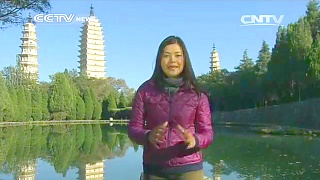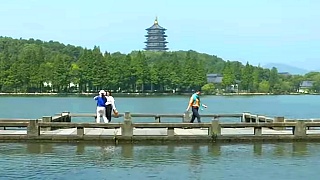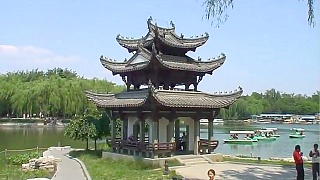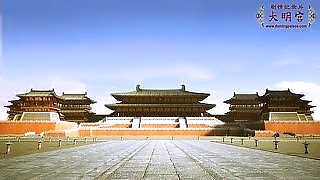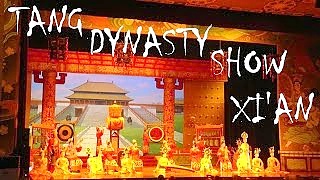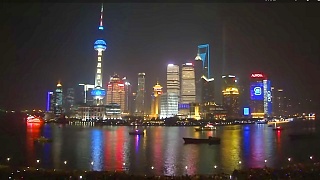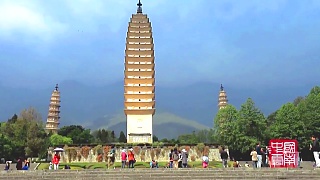Related Videos
Featured Videos
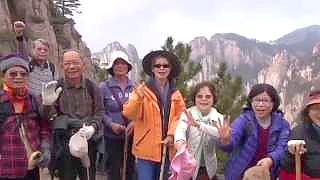
|
HuangShan (Yellow Mountain) is one of the most famous scenic areas in China and a UNESCO World Heritage Site ...
|
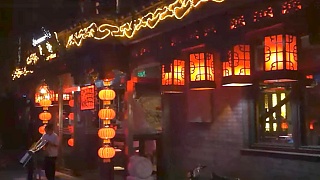
|
Scenes around the central lakes area ...
|
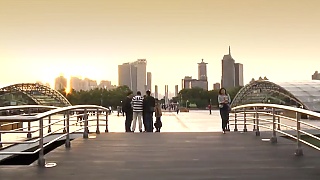
|
Filmed in April 2012.
|

|
Dr. Rangan Chatterjee in conversation with Dr. William Li ...
|

|
With WilleneBusinessLifestyle ...
|

|
With Travels in China ...
|

|
GuangZhou to Hong Kong ...
Plus, Hong Kong to BeiJing ...
|

|
With Wei's Travel ...
|
 Dragon and Lion – New Year music and dance special
Dragon and Lion – New Year music and dance special